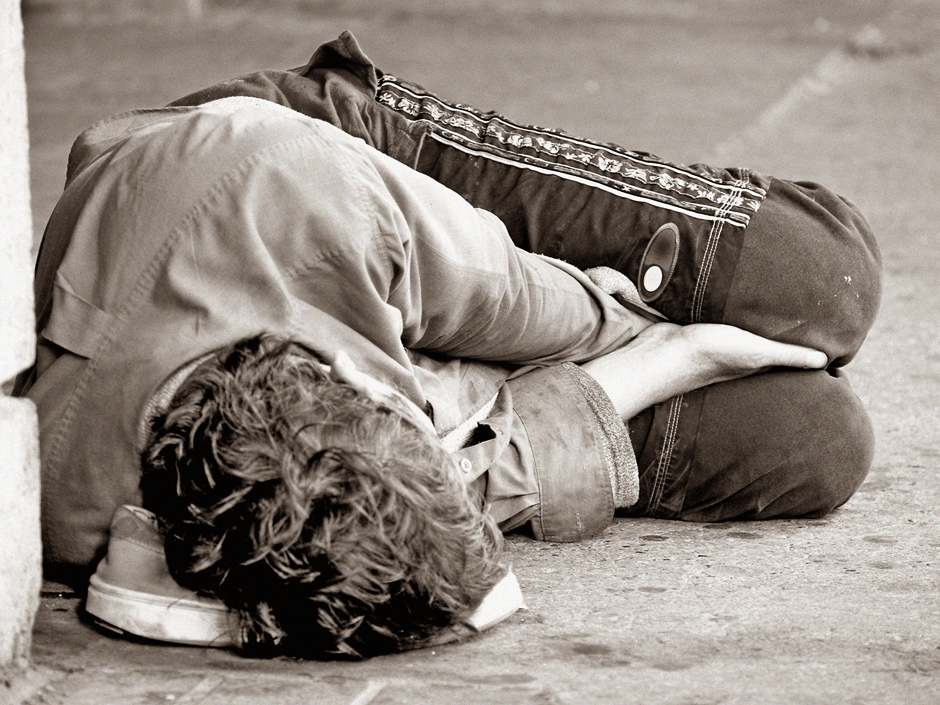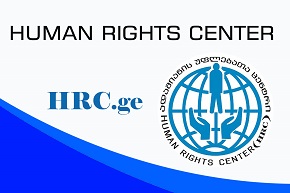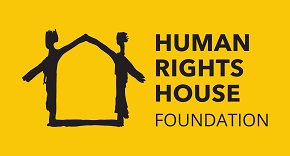Natia Gogolashvili
Part of the convicts of Avtchala Juvenile Prison serves sentence for the second or for the third time. The State still has lot more to do for the prevention of juvenile delinquency. The most difficult is to work with the children who had already been sentenced once. Besides, the children living and working in streets, who often commit crimes, fall into the so called risk group. Humanrights.ge became interested in the issues of these children.
The EU-Funded project “Protect Most Vulnerable Children –children living and working in streets”, has been finished recently. The project was implemented in Tbilisi, Rustavi and Kutaisi. Organizations that participated in this project are the following: UNICEF, Ministry of Labour Healthcare and Social Affairs of Georgia, Social Service Agency, Ministry of Education and Science of Georgia, Ministry of Internal Affairs, City Halls of Tbilisi and Kutaisi, and NGOs (Caritas Georgia, World Vision, Child and Environment).
“The State gradually got involved in this program (I mean financially). From today the State takes full responsibility for financing this program. The project started in August 2012 and finished in May 2015. Within 3 years we have prepared the conception and developed relevant services within 3 years. I think this is a successful project,” Deputy Minister of Labour Health and Social Affairs of Georgia Zaza Sopromadze said.
As the Head of Social Welfare Department of the Ministry of Healthcare Nutsi Odisharia said, the children living and working in streets often have conflicts with law. But, as she mentioned, social workers do everything to divert these children from strict punishment.
“There is a high risk that the children living and working in streets might become offenders and find themselves in conflict with law. The daily centers try to have an in-depth work with the children to promote their integration with society. It is important that social workers teach them rules, laws, rules of conduct and explain what results they might have due to their behavior. The social workers do everything to divert these children from the strict punishment but sometimes it doesn’t work”. said Nutsi Odisharia.
One of the juveniles is now in the prison for thievery, he was sentenced to 2 year and a half. Before imprisonment, he begged in the street and said: “I am the only man in my family and have to keep the family”. Social worker of the Social Service Agency Nino Danelia said they tried to employ him in the laundry, but he found it difficult to put up with the daily routine and chose criminal method of earning money.
“We also have beneficiaries who are under 14 and commit minor hooliganisms, but because of their age they do not end up in juvenile facilities. It is worth to mention that the children living and working in streets are often in conflict with law because they have economical issues. We can classify them under the second-level prevention group. We try to keep them in the Day Center when they have free time. We aim the children to spend their energy positively, to be involved in different activities, to go to excursions. We also raise their awareness that possession of arms will cause problems, as well as possible sanctions they might be imposed because of illegal activities,” Nino Danelia said.
There are cases when social worker’s effort with the beneficiary is unsuccessful. Despite the effort, sometimes it is impossible to solve the problem. Nino Danelia recalls another unsuccessful case. It is about 17 year old girl (she is now 18).
“When we started communication with her, she was 17 and was about to get 18 within two months. It was impossible to have integration with the family because she had conflict with family members. The girl had many strong sides, interests and desire to get employed. She had spent about five years in the Tbilisi based crisis centers for children. She had long-term experience of street life too. Due to her interests, we helped her to get back to school; she was recruited in the tenth form and psychologist started individual work with her. According to her personal interests, we supported her to contact one of the restaurant networks where she could take internship program, it offered some salary too. We also provided her with medical assistance. The problem we faced was that she often ran from the center. In one of similar cases she travelled to Batumi. Unfortunately she stole something there and had problems with the law. After conditional sentence we actively cooperated with her. She had to systematically visit the probation service. Afterwards, the girl said she no longer wished to continue studies at school. Thus, we had to adjust our program to her personal requests. In January she again left the center and on May 18, 2014 her pupil status was suspended. After leaving our center, she permanently misses weekly visits at probation service. Unfortunately, the service already imposed 3 000 lari fine on her. Currently, she is under risk of to be imprisoned for the second time if the court passes similar verdict.”
There is no exact statistics of how many children live on streets. The head of Social Welfare project of UNICEF Ketevan Melikadze says that reason for this is lack of finances. She says that it will be way more effective if the finances are spend on children’s services and not on the estimation how many of them live on streets.
“We have statistics from 2008, according to which 1050 children live in streets. Within the resources that we had, we faced challenge on what to spend money: to find out the exact number of the children or to spend the finances for their services? To define statistics we had to conduct a research, which would be very expensive, because children are on different places and it would be necessary for several mobile social worker groups to go out on field simultaneously to count them. That’s why we chose the different way. It will take more time to determine their exact amount, but finally we will have a full statistics. At this moment the mobile groups have covered 600 children,” said Ketevan Melikadze.
Interagency Coordinating Council of Criminal Justice Reform confirmed an updated strategy for children’s justice that is based on the recommendations developed through the consultations of the UNICEF and EU with Georgian Government. The main objective of the strategy is to create a friendly justice system for the children who are in conflict with the law. As Ketevan Melikidze says, new Juvenile Justice System is oriented to adapt to the needs of children.
“System for juvenile justice has widened. It covers not only the offender but also victim. More efforts will be spent on preventing former victim juvenile from turning into a violator. It is the cycle which is very characteristic for violence when victim becomes a violator. Social workers will take single and regular trainings to increase their skills in identifying violence, guess its signs, examples and to know how to deal with street problems,” Ketevan Melikadze said.
One of the purposes of the project “Protect Most Vulnerable Children –children living and working in streets” is to involve children living and working in the street in state services after rehabilitation period; such services are: guardianship and living in small family type houses or maybe even reintegration with his/her biological family. In this direction, the state has still have to work hard.
This article was published within the frameworks of the project Monitoring State of Women and Juvenile Prisoners in Georgia which is implemented by Human Rights Center in partnership with Office of Public Defender of Georgia, by the financial support of Embassy of Bulgaria.
The article does not necessarily reflect the views of the donor. Human Rights Center bears sole responsibility for the content of the report.
News
December 13, 2023
Ethnic minorities outside the peace dialogue
November 6, 2023
‘Peace’ agenda of political parties
Popular
Articles
February 13, 2024




